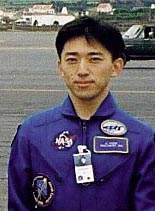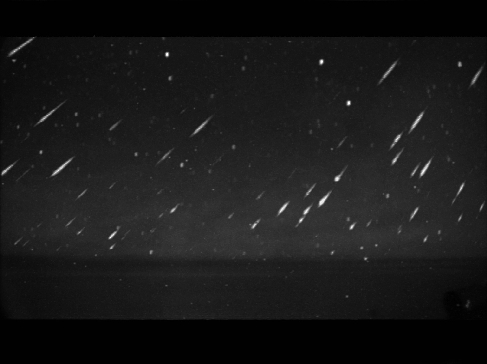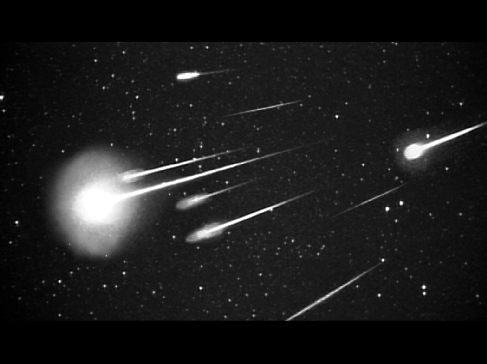|
Leonid MAC |
| home |
| View the shower |
| Mission Brief |
| Science Update |
| Media Brief |
| links |
 Hajime, YANO,
Hajime, YANO, Institute of Space and Astronautical Science, Japan 
Last updated: October 2002
Brief Biographical Information:
Dr. Yano coordinates the Japanese participation to Leonid MAC.
Current Research:
Specific Tasks:
Project Contributions:
Research on Leonid MAC: Team lead of the Japanese delegation. Faintest meteor flux, dynamics and spectroscopy by High-Definition TV Digital Video Camera with Image Intensifiers(HD-TV-II) High sensitive HD TV observations of meteor showers make it possible to study meteors of fainter magnitudes and at higher astrometric precission than with normal intensified cameras. The large pixel format video-frame-rate images enable high quality slit-less spectroscopic studies of meteors as well. For the 2001 missions, we will be equipped with our own intensified HDTV cameras. The cameras used in the 1998 and 1999 Leonid MAC missions were developed by NHK (Nippon Housou Kyoukai, the Japan Broadcasting Corporation). These cameras are composed of a large diameter image intensifier along with a 1-inch 2M-pixel FIT CCD, which has a resolution of 1150 TV lines (1920 x 1035 pixels) and a high signal to noise ratio of 50 dB. Normal NTSC video has 640x480 pixels, 6.5 times less. Its image format of 20 mm by 35 mm makes it possible to use high quality lenses for 35mm reflex cameras. Results todate include studies of meteor stream activity in the context of the satellite impact hazard, in publications in GRL and spectroscopic studies of metal atom emissions reported in Earth Moon and Planets (Vol 82-83, special Leonid Storm Research issue). This work served as the Ph.D. thesis material for Shinsuke Abe, then at NOAO in Tokyo, Japan. The images below were taken during the 1999 Leonid MAC mission.
|



